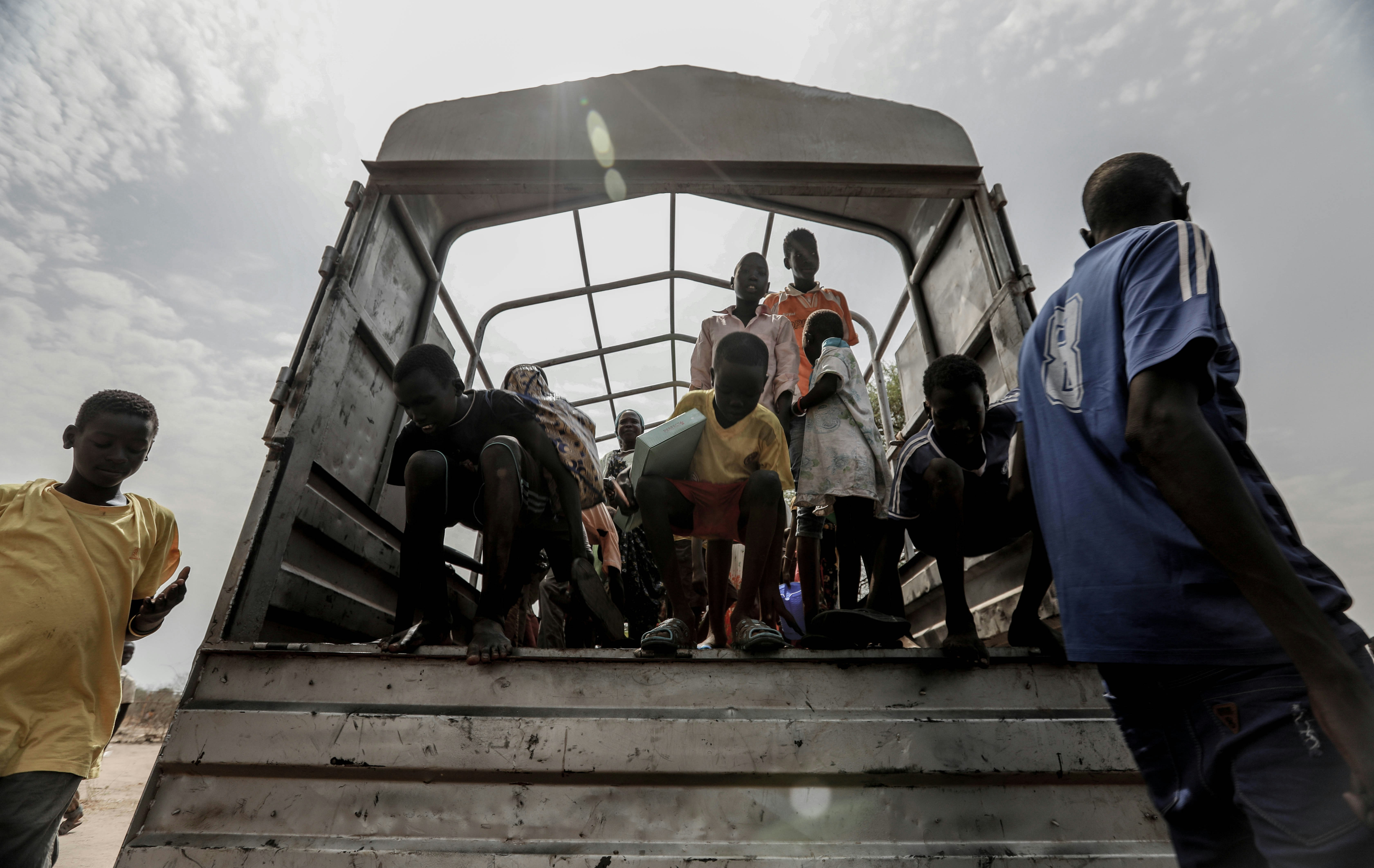How Do Refugee Crises Start, and Who Helps?

Every year, millions of people around the world are forced to leave their homes not by choice, but by necessity. Refugee crises don't appear overnight; they are the result of complex social, political, and environmental pressures that push ordinary people to make extraordinary decisions.
In this post, we'll break down how refugee crises begin, what drives them, and who steps in to help when entire communities are displaced.
What Is a Refugee Crisis?
A refugee crisis occurs when a large number of people flee their country because it's no longer safe to stay. According to the United Nations Refugee Agency (UNHCR), a refugee is someone who has been forced to cross an international border due to war, violence, persecution, or disaster.
When this happens on a large scale (often suddenly) it can overwhelm neighboring countries, aid organizations, and international systems designed to help.
What Causes Refugee Crises?
There isn't one single cause, but several recurring triggers lead to large-scale displacement:
1. Armed Conflict and War
Civil wars, invasions, and political violence are the most common causes.
Example: The war in Syria displaced over 13 million people, more than half the country's population.
2. Persecution and Oppression
People may flee because of their ethnicity, religion, political beliefs, gender, or sexuality.
Example: The Rohingya people fled Myanmar to escape ethnic persecution.
3. Climate Change and Natural Disasters
Droughts, floods, and rising sea levels are forcing more people to move than ever before.
Example: Severe drought in parts of East Africa has displaced thousands seeking food and water.
4. Economic Collapse
When governments fail or economies collapse, basic necessities like food, medicine, and electricity disappear, pushing people to migrate.
Who Helps Refugees?
When a refugee crisis unfolds, multiple levels of support mobilize to provide aid, safety, and long-term resettlement options.
1. International Organizations
- UNHCR (United Nations High Commissioner for Refugees): Coordinates emergency aid, camps, and legal protection.
- International Organization for Migration (IOM): Helps manage safe migration routes and returns.
2. Governments
Neighboring countries often bear the first impact by opening (or sometimes closing) their borders. Wealthier nations may fund humanitarian programs or offer resettlement spots for the most vulnerable.
3. Non-Governmental Organizations (NGOs)
Groups like Doctors Without Borders, Save the Children, and the International Rescue Committee (IRC) provide medical care, education, and shelter on the ground.
4. Local Communities and Volunteers
Ordinary people often play a huge role, welcoming refugees, organizing donation drives, and advocating for humane policies.
The Challenges Ahead
Even when refugees reach safety, challenges remain:
- Overcrowded camps and limited resources
- Legal barriers to asylum
- Xenophobia and misinformation
- Difficulty rebuilding lives in new countries
According to UNHCR, there are now over 110 million displaced people worldwide - the highest number ever recorded.
Why It Matters
Understanding how refugee crises start helps us see beyond the headlines. Behind every statistic is a human story. Families, students, farmers, and workers who once lived normal lives before conflict or disaster changed everything.
Global crises demand global compassion. Whether through policy, aid, or empathy, everyone has a role in how the world responds.

- An In-depth Look at Boeing 737 Max's Recent Issues: Safety Concerns and Industry Implications - Bertha Stephens
- Avatar: Fire And Ash – Volcanic Fury Meets a Family’s Unbreakable Light - Matthew Morlai Kamara
- The End Is Near. Tehran Faces Evacuation As Water Supplies Reach Zero and the City Sinks Into the Desert - Diana Zapata
- Building venture-backable companies in heavily regulated spaces - Isabelle Johannessen, Maggie Nye
- Let the Lord Enter: Sunday Reflection
- The Most Influential Sci-Fi Show That Changed Modern TV Was Canceled After The Pilot - Erika Hanson

- The Seventh X-37B Mission: A New Chapter in Space Exploration - Arya Chandran
- A Turning Point for Women’s Sports: IOC Favors Fairness After Years of Gender Policy Chaos - Diana Zapata
- National Best Friends Day 2024: Significance and How to Celebrate - Bertha Stephens
- NEW: Trump Orders Seizure of Second Tanker Carrying Venezuelan Oil (Updated)
- X's New Job Search Tool Now Accessible Through Web - Bertha Stephens
- Nutritionist shares protein-packed tips to supercharge your Thanksgiving feast





